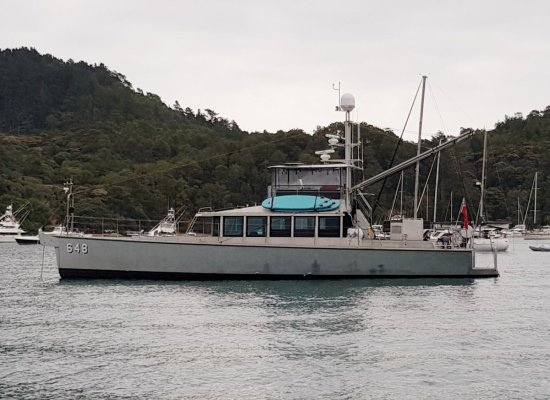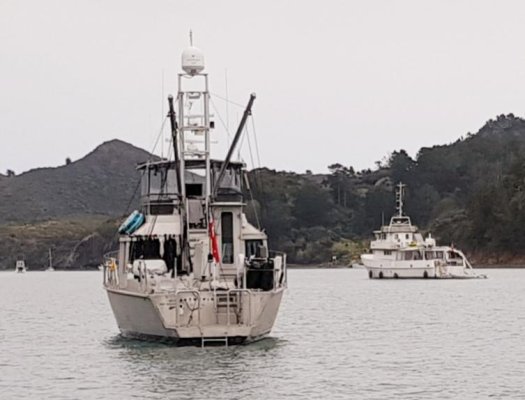Hi
We did what you are considering in 2017. Our budget was smaller - under $1 million. We considered Krogen, Selene, and Nordhavn vessels of at least 50 feet. My husband demands a stand-up engine room, too. Went all over the country searching used vessels.
My overall impressions of these single-engine boats are: Krogens are arranged well for living, are quite seaworthy, and also quite slow. Selenes have beautiful interiors, and are very livable, but not as "heavy built" as Krogen and Nordhavn (sorry, just my opinion). The older Nordhavns lack a little in the interior presentation, are extremely seaworthy (in every size), and are built to save your life.
We bought a 2000 Nordhavn 57. Got a good price, but worked on it for months. The benefit of a used boat is that it will have equipment - dinghy, davit, stabilizers, anchor, electronics, water maker, AC/heater, radar, radio, etc, etc. The cost of these essentials greatly adds to cost of new boat. The benefit of working on the boat is that you get to know all the systems and can address the majority of issues yourself.
We did a Bahamas shake down to start. Went all the way from Palm Beach to Rhode Island on our first long leg. Spent 2 summers in Maine (most excellent cruising). Now we are planning our Panama Canal crossing for this year!
If you want to keep your annual costs down - stay away from marinas and boat yards (unless something specific needs to be done)! In 2018 w were on the water for over 4 months and did not dock once. We are planning our passage to the Pacific based on this philosophy.
If Nordies interest you, go see James Knight and crew at YachtTech in Palm Beach Gardens. James in known as the Nordhavn whisperer and will work with you to find a good boat.
Jacklyn




